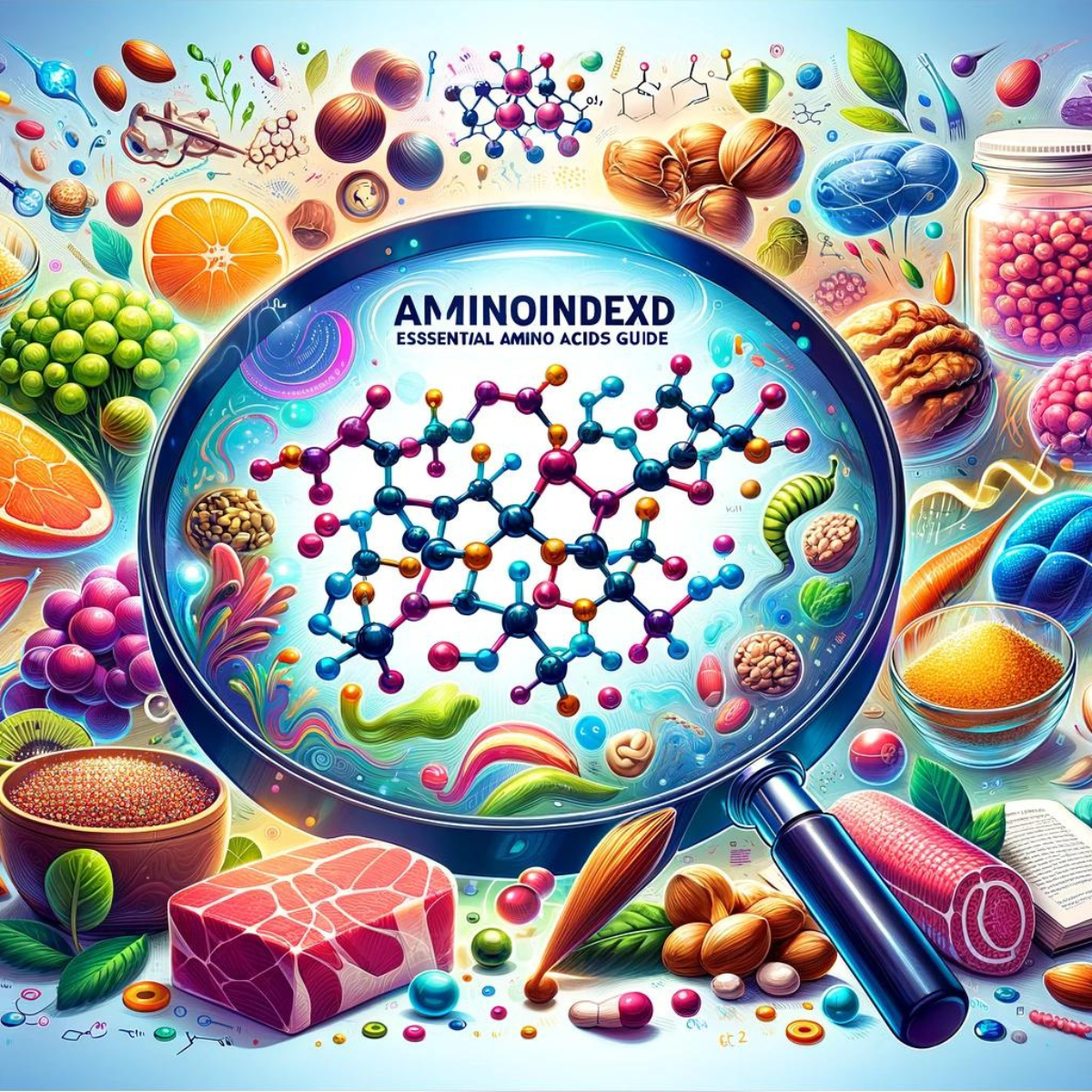
Table of Contents
- Introduction
- What Is Ringworm? Understanding the Basics
- Is Ringworm Sexually Transmitted? Fact vs. Fiction
- Why the Misleading Label? Understanding the Hype
- The Real Risks: Why Ringworm Isn’t an STI
- When to Seek Medical Help
- Prevention Tips: Keeping Ringworm at Bay
- Natural remedies for ringworm
- The Bottom Line: Debunking the Myth
- Disclaimer
- References
- Related Post
Introduction
It’s not every day that a fungal infection makes headlines, but ringworm has recently managed to steal the spotlight with a misleading label: “sexually transmitted ringworm.” This term, while catchy, is far from accurate and can lead to unnecessary panic. In reality, ringworm is nothing more than a common fungal infection with a bit of an image problem. So, how did a simple, treatable skin condition get saddled with such a dramatic description? Let’s cut through the hype, debunk the misconceptions, and reveal what ringworm really is.
What Is Ringworm? Understanding the Basics
Despite its misleading name, ringworm (also known as “tinea” or “dermatophytosis”) is not a worm at all. It’s a fungal infection caused by a group of fungi called dermatophytes. Common culprits include species like Trichophyton rubrum and Microsporum canis, which thrive in warm, moist environments. The hallmark of ringworm is a red, scaly, ring-shaped rash that often appears on the body (tinea corporis), feet (tinea pedis), or groin (tinea cruris). While it can be itchy and uncomfortable, ringworm is generally superficial and does not invade deeper tissues or cause serious harm.
This fungus spreads through direct contact—skin-to-skin, from animals to humans, or via shared items like towels, clothing, or gym mats. According to the U.S. Centers for Disease Control and Prevention (CDC), it’s a common infection that can affect anyone, regardless of age or background. This is a garden-variety skin condition, not a cause for alarm.
Is Ringworm Sexually Transmitted? Fact vs. Fiction
Let’s address the elephant in the room: Is there really such a thing as “sexually transmitted ringworm”? In short, no. While ringworm can be passed from person to person through close contact, labeling it as a sexually transmitted infection (STI) is both inaccurate and misleading.
Skin-to-skin contact can undoubtedly occur during intimate moments, but it can just as quickly happen when wrestling with friends, cuddling with pets, or even giving a high-five. The fungus isn’t picky—it’s simply looking for a warm, moist place to call home, such as the folds of the skin. Calling it “sexually transmitted” implies a link to sexual activity or reproductive processes, which just isn’t the case.
The confusion likely arises because ringworms commonly appear in areas like the groin. This proximity and the possibility of passing it along during close encounters leads some people to assume it must be an STI. In reality, the presence of ringworm in the groin is no more inherently sexual than an athlete’s foot is athletic; it’s about location, not the act itself.
Why the Misleading Label? Understanding the Hype
So, why does “sexually transmitted ringworm” sound so terrifying? The phrase combines two anxiety-inducing concepts: a visible rash and the stigma associated with anything termed “sexually transmitted.” Such a label plays on fears of judgment, shame, and moral implications often attached to STIs—even though ringworm carries none of these burdens.
Misinformation can spread quickly, and dramatic language fuels the fire. A harmless infection suddenly seems scandalous. But the genuine concern isn’t the fungus—it’s how easily fear and misunderstanding can hijack public perception.
The Real Risks: Why Ringworm Isn’t an STI
At its worst, ringworm is a nuisance: a red, flaky rash that may itch but won’t threaten your overall health. It’s not going to migrate to your bloodstream or cause long-term complications. Compared to conditions that genuinely deserve the label of “sexually transmitted”—infections caused by bacteria, viruses, or parasites that typically spread through sexual contact—ringworm’s risk profile is negligible. This information should help alleviate any anxiety about the potential severity of ringworm and reassure you about its relatively low risk compared to other STIs.
The primary issue is that ringworm can spread readily through everyday interactions and shared items. If left untreated, it can travel to other parts of your body or another person. However, the good news is that prompt treatment is highly effective. Over-the-counter antifungal creams, sprays, and powders often clear it up quickly. If an infection proves stubborn, a healthcare professional can prescribe oral antifungal medications. So, while it’s essential to address ringworm, it’s far from a crisis. This reassurance should alleviate any anxiety about the potential severity of ringworm and instill confidence in the effectiveness of treatment.
When to Seek Medical Help
Most ringworm infections respond well to basic treatments available at your local pharmacy. However, if the rash persists despite using over-the-counter antifungals, worsens significantly, or recurs frequently, it’s time to consult a healthcare provider. A dermatologist can confirm the diagnosis and suggest more potent therapies if needed. Remember, it’s always better to be safe than sorry when it comes to your health.
Prevention Tips: Keeping Ringworm at Bay
Keeping ringworm off your radar is easier than you might think. A few simple precautions can go a long way. By following these straightforward steps, you can significantly reduce your risk of ringworm, empowering you to take control of your health and feel more secure in your daily life.
- Stay Dry and Clean: Since fungi love damp areas, make sure to dry thoroughly after showers, workouts, or swimming—especially in skin folds, between toes, and in the groin region.
- Don’t Share Personal Items: Towels, clothing, and razors can harbor fungal spores. Keep these items to yourself, wash them regularly in hot water, and consider using antifungal laundry additives if you’re dealing with repeated infections.
- Be Cautious at the Gym: Locker rooms, yoga mats, and shared sports equipment are prime real estate for fungi. Wipe down surfaces before use, wear flip-flops in communal showers, and avoid sitting directly on locker room benches.
- Check Your Pets: Cats, dogs, and other furry friends can carry ringworm. Watch for patchy fur or irritated skin on your animals. If you suspect an infection, consult a veterinarian—treating it can prevent transmission to you and your family.
Natural Remedies for Ringworm: Simple Solutions You Can Try
While antifungal creams and medications are effective, some natural remedies can also help manage ringworm symptoms and speed up healing. These remedies may soothe irritation, reduce fungal growth, and support your skin’s recovery:
1. Tea Tree Oil
Tea tree oil has potent antifungal and antimicrobial properties. How to Use: Dilute a few drops of tea tree oil with a carrier oil (like coconut or olive oil) and apply to the affected area twice a day.
2. Coconut Oil
Coconut oil contains lauric acid, which may help combat fungal infections. How to Use: Apply pure, virgin coconut oil directly to the rash three times daily. It’s gentle enough for sensitive skin.
3. Apple Cider Vinegar
The acidic properties of apple cider vinegar can help inhibit fungal growth. How to Use: Dab undiluted apple cider vinegar onto the ringworm patch with a cotton ball 2–3 times daily.
4. Aloe Vera
Aloe vera has natural antifungal, antibacterial, and soothing properties. How to Use: Apply fresh aloe vera gel directly to the rash several times a day to reduce itching and promote healing.
5. Garlic Paste
Garlic contains ajoene, a natural antifungal compound. How to Use: Crush fresh garlic cloves into a paste, mix with a carrier oil, and apply to the affected area for 10–15 minutes. Wash off with water.
6. Turmeric Paste or Tea
Turmeric is well-known for its anti-inflammatory and antifungal properties. How to Use: Make a paste with turmeric powder and water, apply to the rash, and leave for 15 minutes before rinsing. Drinking turmeric tea can also boost recovery.
7. Neem Leaves
Neem is a powerful antifungal agent used in traditional medicine. How to Use: Make a paste from crushed neem leaves or boil the leaves in water to use as a rinse for the affected area.
8. Baking Soda and Water
Baking soda may help dry out the rash and reduce fungal activity. How to Use: Make a paste with baking soda and water, apply to the rash, and rinse after 10 minutes. Repeat once daily.
9. Epsom Salt Baths
Epsom salt soothes irritated skin and may reduce fungal growth in a moist environment. How to Use: Dissolve Epsom salt in warm water and soak the affected area for 15 minutes daily.
10. Oregano Oil
Oregano oil contains carvacrol, a compound with antifungal properties. How to Use: Dilute oregano oil with a carrier oil and apply directly to the rash twice daily.
Note of Caution: While natural remedies can be effective, they are best used as complementary treatments. Severe or persistent cases of ringworm should always be evaluated and treated by a healthcare professional.
The Bottom Line: Debunking the Myth
Ringworm is a common, easily treatable fungal infection—nothing more, nothing less. It doesn’t deserve the stigma or sensationalism that comes with being mislabelled as “sexually transmitted.” Understanding the basics of how this infection spreads, how to treat it, and how to prevent it is all you need to remove its mystique and feel at ease about its benign nature.
So, the next time you hear the term “sexually transmitted ringworm,” remember: it’s just clickbait. With good hygiene, prompt treatment, and a healthy dose of scepticism towards dramatic headlines, you can keep ringworm at bay and avoid getting swept up in the misinformation whirlwind. Remember, ringworm is a common, easily treatable fungal infection—nothing more, nothing less. Understanding the basics of how this infection spreads, how to treat it, and how to prevent it is all you need to remove its mystique.






















